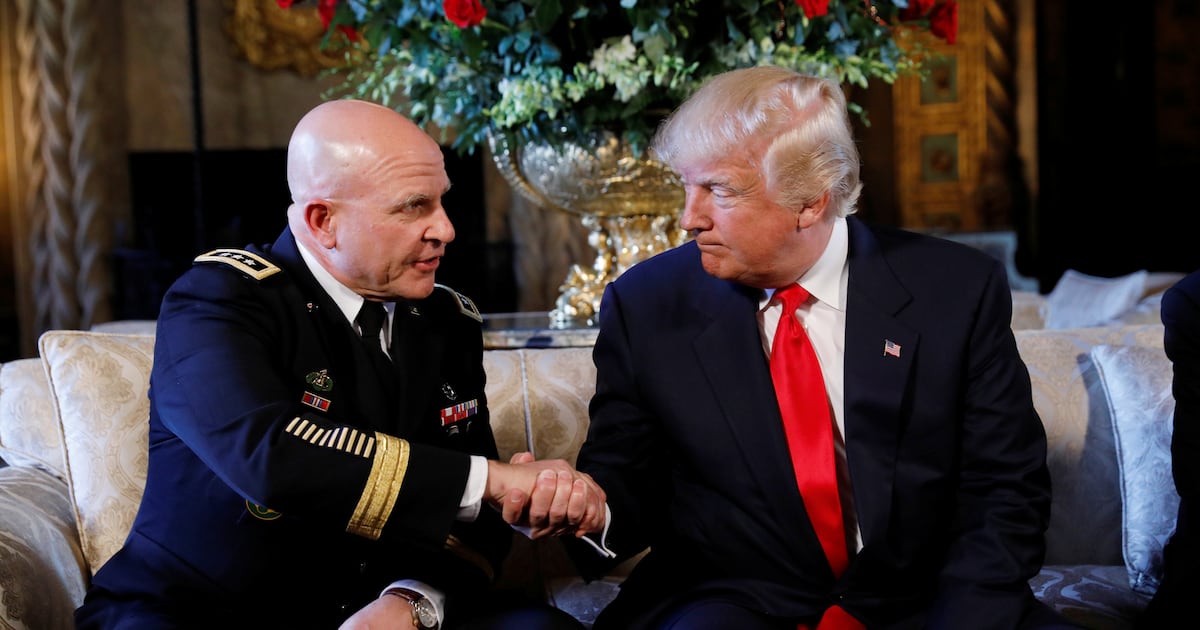
The Ken Burns Effect—the technique of slowly zooming in on a black and white photograph (usually accompanied by trumpet fanfare or an authoritative voice reading a diary entry from early America)—has become so culturally ingrained that an entire misfit corner of YouTube is now dedicated to aping it. These parodies include The Three Stooges, The Office, and LolCats. And while none can rival Burns’ actual, painstakingly researched historical documentaries, the 56-year-old filmmaker has a sense of humor about the mockery. “This is just my style!” he tells The Daily Beast. “I explored the interiors of photographs, and of course it's ripe for spoofing. Just as Cezanne painted the same mountain all his life, this is simply what I do.”
“I’m trying to figure out how we all came together, how we want the same things. It’s so perplexing that people would label that as a socialist act.”
What Burns does is back in full force tonight, when his six-part series The National Parks: America’s Best Idea debuts on PBS. The film is classic Burns—much zooming, reciting of primary documents, and interviews with American history scholars—but the subject of his latest documentary is not as obvious (or, let’s face it, immediately compelling) as some of his past explorations. Burn’s oeuvre includes The Civil War, The West, Baseball, Jazz, and The War, all covering watershed events and well-known public figures, while National Parks uncovers a more hidden and rarely discussed history. The parks don’t have the sex appeal of Jazz or the cultish devotion of Baseball, yet Burns feels that National Parks is one of his most important projects to date—precisely because the topic is obscure. “Most people assume they’ve been to the parks and they haven’t, or that the Parks Service has always been taking care of them, and it hasn’t. They assume the parks will always be there, and may not be.”
In fact, the national parks may be the perfect topic for Burns, as their story allows him to not only show sweeping shots of purple mountains' majesty, but to touch on his most cherished themes: freedom, trailblazing, and the American Dream. “The parks represent a handful of people from every walk of life who fell in love with a place and fought for them,” he says. “Human beings are acquisitive and extractive by nature; they look at a river and want to put a dam there, they look at a beautiful stand of trees and want to cut them down, they look at a beautiful valley and want to extract minerals. The preservation of the parks, then, is a good classic American story of fighting against those impulses for the greater good. It all comes down to It’s a Wonderful Life. Do you want to live in Pottersville, or do you want to live in beautiful Bedford Falls?”
Burns says he first became enamored of the nation’s 391 national parks when he was a young boy—his father would take him out to play in the Shenandoah wilderness. “Visiting the parks is a generational activity and though they bring out our best selves in an individual way, they also bind us together. When you’re staring into the Grand Canyon, you are thinking about geological forces, but it’s equally important who’s holding your hand. There’s an emotional archaeology as well as a physical one.”
So Burns started, 10 years ago, to dive into the emotional (and political) history of the parks system. After hundreds of interviews and photography recovery missions—the Burns team found so many previously undiscovered photos of the parks that they will dedicate their archive to the National Park Service—what emerges is a multi-faceted (if not exhaustive) recounting of the major players and events in American conservationism—Burns dubs it a “Russian novel’s worth of work.” The expected characters are there: Teddy Roosevelt, John Muir, the Hudson River School—but Burns also brings in less-conventional nature activists, the women, minorities, and outliers who believed enough in natural beauty to defend it.
“The two issues that Americans have constantly confronted over time are race and space,” says Burns. “I have covered race in my other films, and this film tackles space, and it is a really perfect prism through which to see refracted all of American history. Most people with the vaguest idea of the national parks think this will be a history of white men, but I’ve got African-American buffalo soldiers in the film, I’ve got women, I’ve got a Hispanic biologist, I’ve got Japanese-Americans, I’ve got this whole parade of human beings who look and sound like all America.”
“If you begin to label things socialism when no one knows what they are talking about, then the military is socialist, and the guy collecting trash and firemen are socialists. Government activity can’t be reduced to a Rush Limbaugh-like stupidity."
While Burns claims to take a nonpartisan position when editing his films, many in the media have noted that The National Parks may carry a more pro-government stance than his other work. Time magazine went so far as to question whether or not Burns was pushing a socialist agenda through his high-praise of government park protection and ownership.
“This is a season of insane and stupid discussion about government,” says Burns, “If you begin to label things socialism when no one knows what they are talking about, then the military is socialist, and the guy collecting trash and firemen are socialists. Government activity can’t be reduced to a Rush Limbaugh-like stupidity. It’s much more elastic, vibrant, pliant, deserves more intelligent thinking. The government gave us the Emancipation Proclamation, the New Deal, the GI Bill. And the national parks.”
“We are the freest, least-taxed country ever,” he continues. “But I’ve never seen more angry white men in my life. I hope this film makes people want to learn more about history and positive government intervention before they start labeling things as socialist or facist. A great man said, ‘We suffer from too much pluribus and not enough unum.' I think my films are simply about unum. I’m trying to figure out how we all came together, how we want the same things. It’s so perplexing that people would label that as a socialist act.”
Politics aside, The National Parks is an extremely well-timed film for Burns. In an age when greenmarkets and organic gardening are in fashion, the recession is forcing Americans to re-examine their values (and often their desire to bond again with the natural landscape), and the government is back in more centralized hands. Burns' narrative fits right in. “The national parks actually thrived most in the Great Depression,“ Burns says. “People need to be reminded what they connect to—not talking about skyscrapers and trade statistics, but the land.”
“When you visit a park, you are connected to a larger history,” adds Burns, who will tackle Prohibition and the Dust Bowl in future series. “You are reminded of your own insignificance in a narcissistic age. We are not the center of the universe. And that’s a strangely ennobling idea that couldn’t be more necessary.”
Rachel Syme is culture editor of The Daily Beast.





